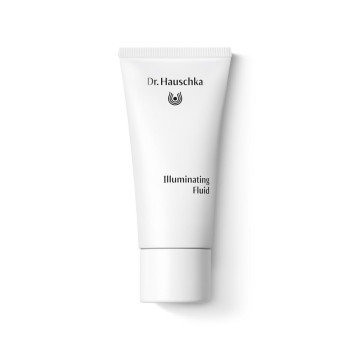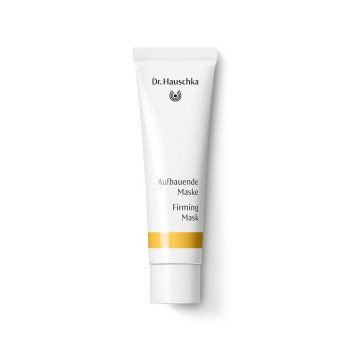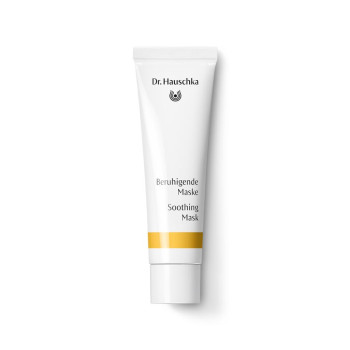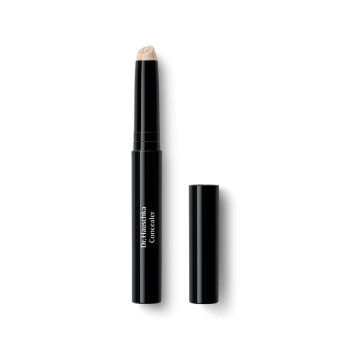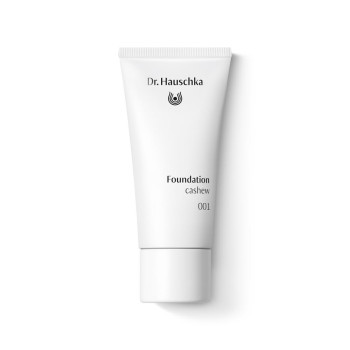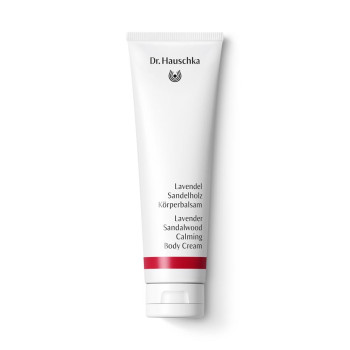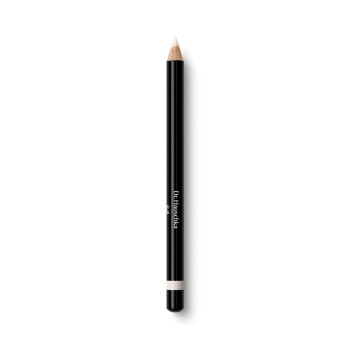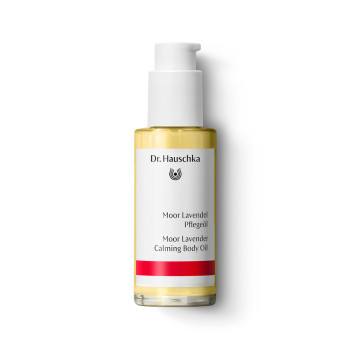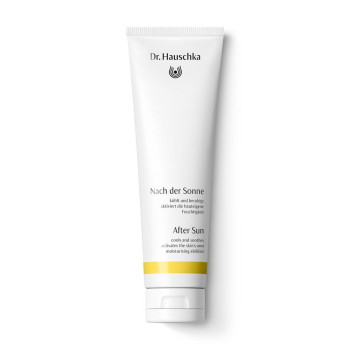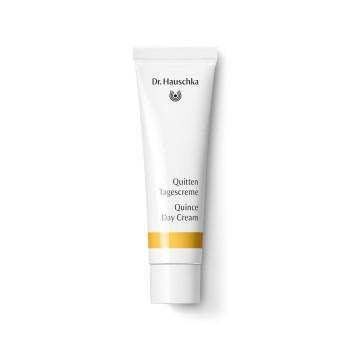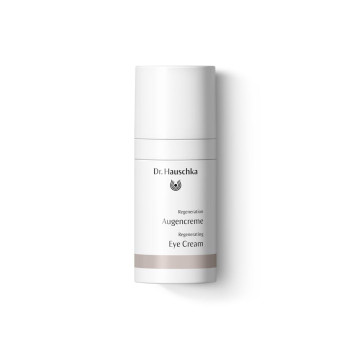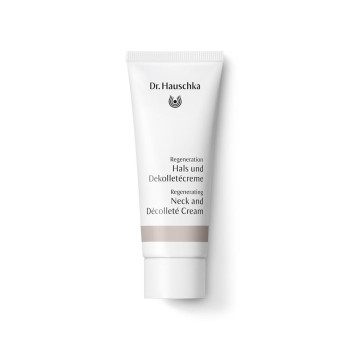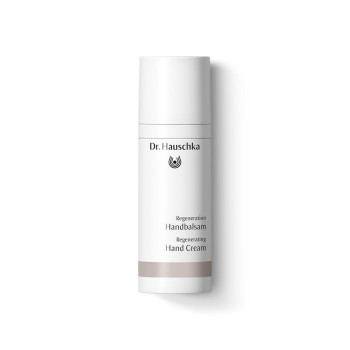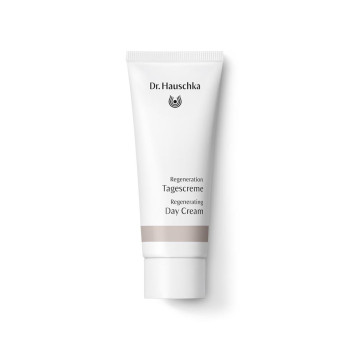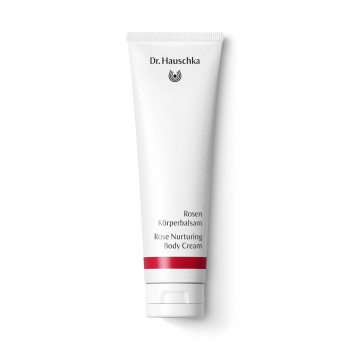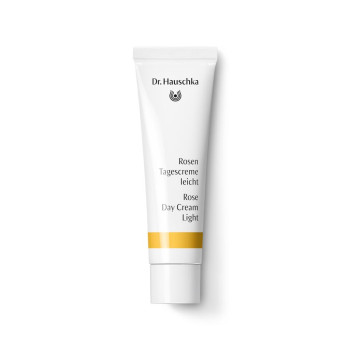
Shea Tree
Synonyms: African Butter Tree, Shea Butter Tree, Shea Nut Tree, Karité
Scientific Name: Butyrospermum parkii
Family: Sapotaceae (Sapodilla Family)
Habitat
Savannah regions of the Sudan, headwaters regions of the Niger and the upper Nile.
Constituents
Shea butter: saturated and unsaturated fatty acids with a large fraction of unsaponifiable triglycerides, oleic acid, triterpene alcohols, vitamin E, provitamin A, allantoin.
Description
In its native country it would probably be described as small: the gnarled shea tree which grows to a height of 10 to 15 m. The lactiferous tree with its leathery leaves does not flower until it is 20 years old and only reaches maximum productive capacity at the age of 50 years, then remaining fully productive for more than 100 years. The green plum-shaped fruits, which become brown when they ripen, have a diameter of up to 4 cm. With a fat content of 50 % the kernels (nuts) are a sought-after source of fat in their African homeland. The shea butter obtained from them now has its followers all over the world.
Interesting Facts
The shea tree was given its name at the end of the 18th century by the Scottish explorer Mungo Park. He was presumably inspired by the African Bambara language in which sii means sacred. In honour of Mungo Park the scientific name of the shea tree is still Butyrospermum parkii (Latin: butyro = butter, spermum = seed). In its Central African homeland the shea tree is the main source of fat for cooking and for skin care, the fruits are also eaten. As a sacred tree it is treated with particular respect. The harvesting of the fruits is therefore embedded in an ancient ritual called Begu. The beginning of harvest time is rung in with a festival at which drink offerings and the slaughter of a chicken beneath an ebony tree form the high point. The fat from the first nuts collected is used to make a dish of brown beans which is eaten by the village community during the festival. During harvest time the gathered nuts are sun-dried and shelled. The kernels are then pounded in wooden mortars to a coarse meal which is boiled according to a secret recipe to produce a butter-like mass. According to tradition only women are allowed to harvest the fruits of this sacred tree of the savannah. After this men are forbidden to lay a hand on the tree and are not allowed to fell it either. In the hot Sahara shea-butter has a life-preserving function. For centuries the people there have used it to protect their skin from the drying wind. In Germany shea butter products were first imported at the end of the 19th century. The first large-scale practical tests of its use in skin care were performed between 1930 and 1952. The chemists were very enthusiastic about the high fat content of the fruits as well as about their long stability without preservatives. In the mid-1960s shea butter disappeared from the world markets and was supplanted by the cocoa butter promoted by the industrial countries. In recent years the valuable raw material has regained significance as structure-giving natural substance in high-quality cosmetics.
The plant in our products
The skin care properties of shea butter are utilised in numerous Dr. Hauschka skin care products:
